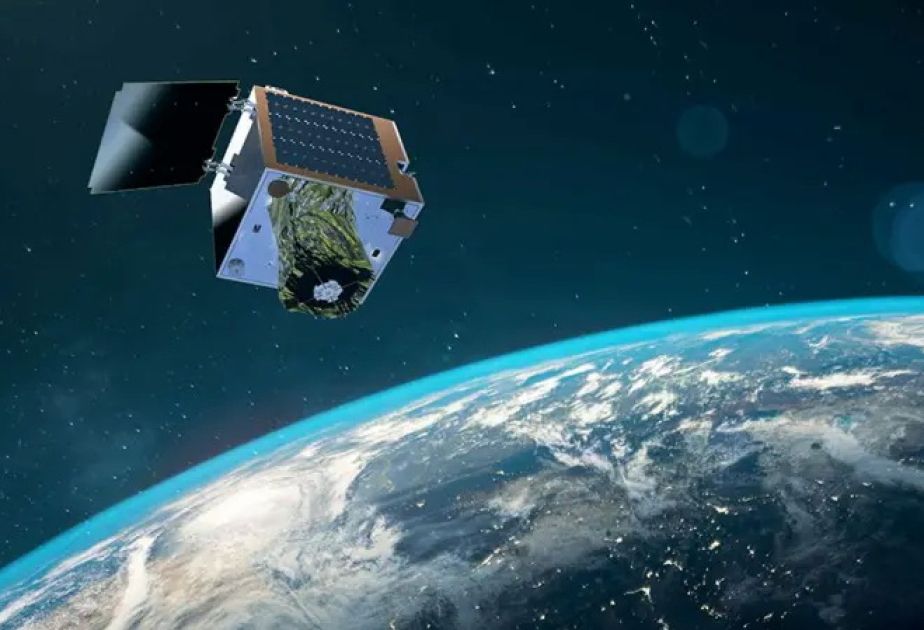The British military is about to launch its first Earth observation satellite. Azernews reports, citing the BBC.
The spacecraft, named Tyche, is the size of a washing machine and will have sufficient resolution to identify troop positions and vehicles on the battlefield.
It is a demonstrator that will be followed by a network of satellites with different sensors this decade.
Some of these future spacecraft will be able to see through clouds and even listen to radio transmissions.
Tyche’s flight into orbit is booked on a SpaceX Falcon rocket launching from California, with liftoff scheduled for 11:20 a.m. local time (7:20 p.m. BST).
The British mission will be deployed at an altitude of about 500 km and is expected to begin operations there for at least five years.
The British armed forces have long benefited from the use of their own state-of-the-art satellite communications system called Skynet, but access to surveillance and reconnaissance imagery from space has largely required a friendly request to allies, particularly the United States.
The UK Ministry of Defence has previously funded projects in the UK commercial sector, but Tyche will be the first fully owned imaging facility.
The 160 kg satellite was commissioned by the UK Space Command and built by Surrey Satellite Technology Ltd (SSTL) in Guildford. It will collect its images at optical wavelengths – the same light that we see with our eyes.
It is designed to capture 5 km wide point scenes on the ground and has an optimal resolution of 90 cm.
While this is by no means the best possible performance (some secret US satellites are said to be able to detect objects as small as 10 cm in size), it is in line with the general requirements of the British military.
Tyche grew out of a 2021 Space Command Paper and a 2022 Space Defense Strategy in which the last government committed to spending £970 million over ten years on a program called Intelligence, Surveillance, Target Acquisition, and Reconnaissance (ISTARI).
It outlined a series of initial research and development efforts with the ultimate goal of placing a sovereign constellation of military and national security satellites in orbit.
These spacecraft are designed to carry a range of technologies, including radar sensors that can scan the Earth’s surface in all weather conditions and at night – a capability that will be invaluable to Ukraine in tracking invading Russian forces.
“This is the start of a journey,” said Major General Paul Tedman, Commander of UK Space Command. “The Space Defence Strategy sets out how we will become a major space power by 2030.”
“We hope there will be many more satellite launches in the coming months and years. Tyche is definitely the beginning of that.”
SSTL has worked closely with UK Space Command on ISTARI and hopes to win further defence contracts at home and abroad.
“Many other countries are setting up space commands,” said Darren Jones, head of the manufacturer’s defense business.
“There is a great deal of interest in space capabilities for defense purposes around the world. This Tyche contract shows us that we have the confidence of the Department of Defense to be able to conduct such missions, which can only help us in the future as we work with other nations around the world.”
Tyche is based on the company’s Carbonite model, which can be assembled quickly and relatively cheaply (the Tyche contract is worth £22 million).
An interesting feature is its propulsion system, which maneuvers the satellite using water.
“The water is passed through an engine that heats it to create superheated steam. That’s how we generate thrust and hold position,” explained technical director Andrew Haslehurst.
“Tyche has ten liters on board. That’s enough for five to seven years of use in orbit.”
—
Follow us on Twitter @AzerNewsAz

